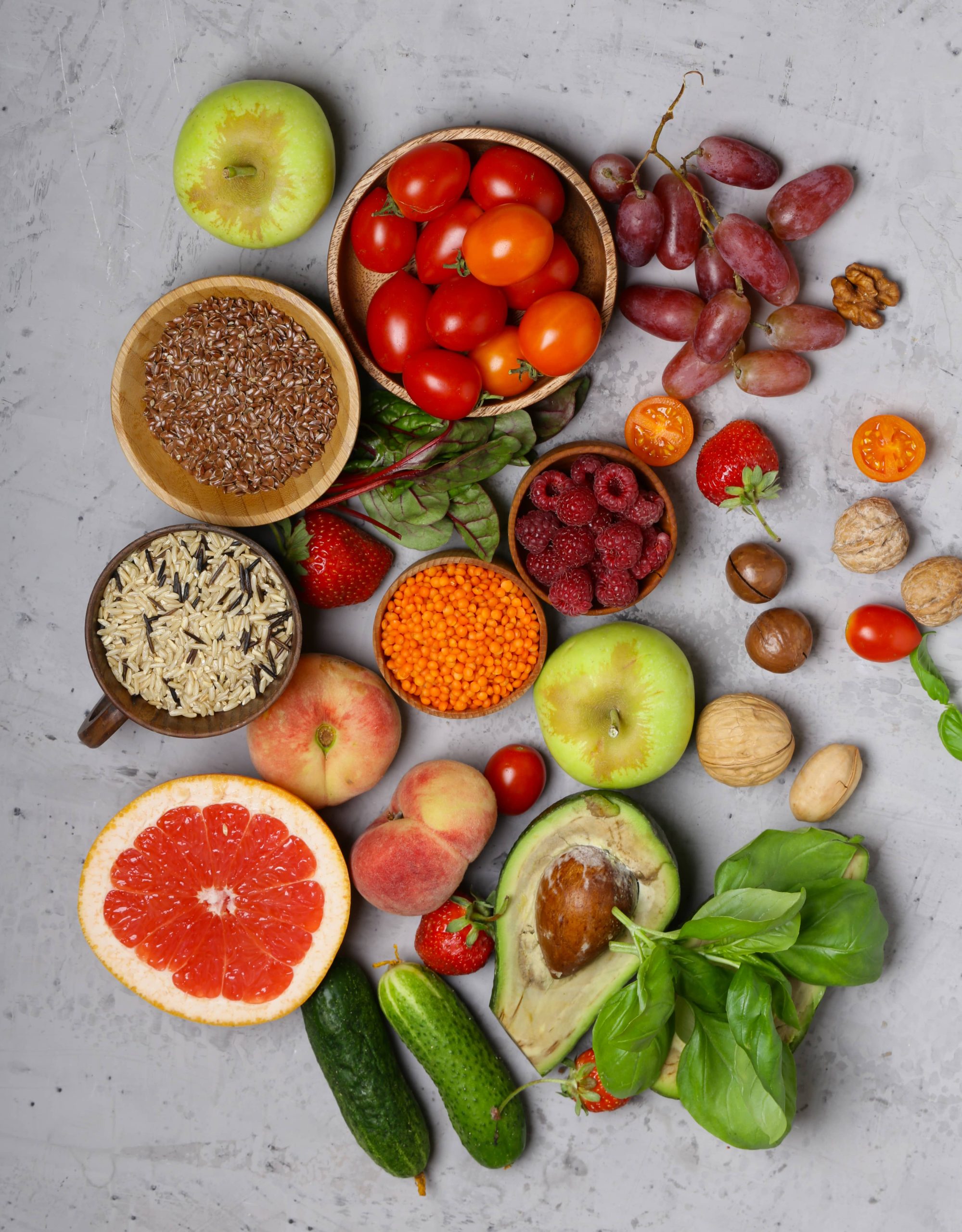
Navigating the aisles of grocery stores has become more of an art than a routine task, especially for those committed to leading a healthy lifestyle. With countless options available, each promising better health benefits, making informed choices can be both daunting and essential. This blog post aims to offer a comprehensive guide to approaching the grocery store with a keen focus on health, empowering you to make educated decisions that align with your nutritional goals.
Understanding the Layout
Before grabbing a cart, it’s helpful to understand how grocery stores are generally laid out. Most are designed to lead you through a path that maximizes exposure to a variety of products. The perimeter is usually where fresh produce, dairy, meat, and bakery items are located. Processed foods, snack items, and non-perishable goods tend to occupy the interior aisles. For health-focused shopping, spend the most time around the perimeter of the store, where you’re likely to find the freshest and least processed options.
Crafting a Nutrient-Rich Shopping List
A list is your first line of defense against impulse buying. Before you head to the store, plan your meals for the week and write down ingredients you’ll need. Focus on whole, unprocessed foods. Here’s a basic template to get you started:
– Fruits and Vegetables: Aim for a colorful array of produce. Each color represents different vitamins and minerals, so a variety ensures a well-rounded nutrient intake.
– Whole Grains: Opt for whole grain bread, brown rice, quinoa, oats, and barley instead of refined grains.
– Proteins: Include lean sources such as chicken, turkey, tofu, fish, eggs, legumes, and nuts.
– Dairy and Alternatives: Choose low-fat or plant-based options with no added sugars.
– Healthy Fats: Avocados, olive oil, nuts, and seeds are ideal for maintaining a balanced diet.
Reading Labels Wisely
Understanding package labeling can help you make healthier choices. Here are some tips:
– Ingredient Lists: Look for shorter ingredient lists with recognizable items. Avoid products with high amounts of refined sugars, trans fats, and artificial additives.
– Nutritional Information: Pay attention to serving size, calorie count, and the breakdown of macronutrients (carbohydrates, proteins, and fats).
– Serving Size: Ensure that the serving size on the label aligns with your consumption habits. It’s easy to misinterpret nutritional information without this context.
– Beware of Misleading Claims: “Low fat” doesn’t always mean healthy — it may still contain high levels of sugar or sodium. Similarly, “natural” doesn’t equate to “healthy.”
Prioritize Fresh and Seasonal Products
Focusing on fresh, seasonal produce not only supports local agriculture but also maximizes nutritional benefits and can minimize costs. Seasonal fruits and vegetables are typically more nutritious, as they’re harvested at their peak ripeness. Not only do they taste better, but they also help diversify your diet throughout the year.
Exploring Alternatives
Diverse and balanced nutrition often involves thinking outside the box and trying new things. If you haven’t already, explore plant-based alternatives to animal products. Foods such as legumes, lentils, and tofu can offer substantial amounts of protein, often with additional fiber and nutrients. Switching up these staples now and then can contribute to both your health and the planet’s sustainability.
Smart Snacking
Snacking can easily derail healthy eating habits if not done thoughtfully. Instead of reaching for chips or candy, stock up on nutritious snacks like nuts, seeds, yogurt, or fresh fruit. Homemade trail mix, made of mixed nuts, seeds, and dried fruits with no added sugars, is a fantastic option for an energy-boosting snack.
Understanding Organic and Non-GMO Labels
The organic label indicates that the product was produced without synthetic fertilizers, pesticides, or genetically modified organisms (GMOs). While organic foods can be part of a healthy diet, they can sometimes be more expensive. Prioritize buying organic for items that you consume frequently or those in the “dirty dozen” list – a compilation of produce with the highest pesticide residues.
Budgeting for Health
Eating healthily doesn’t have to break the bank. Here are some tips to make it affordable:
– Buy in Bulk: Non-perishable items such as whole grains, beans, and nuts are often cheaper when bought in bulk.
– Frozen is Your Friend: Frozen fruits and vegetables can be just as nutritious as fresh ones and won’t spoil, reducing waste.
– Generic Brands: Store brands may offer similar quality as name brands for a lower price.
– Coupons and Sales: Look for deals on healthy items. Planning your meals around what’s on sale can save considerable money over time.
Informed Choices
Navigating dietary trends can be overwhelming. Keto, paleo, vegan, Mediterranean – the options abound. Each has its merits, but instead of following them blindly, tailor your grocery shopping to your specific nutritional needs and goals by incorporating elements that resonate with you. Consult healthcare professionals if considering major dietary changes.
Make it a Family Affair
Grocery shopping is an excellent opportunity for educating family members, especially children, about nutrition. Involving them in meal planning, list-making, and shopping decisions can cultivate healthy habits for life. Discuss the importance of balanced nutrition and let them pick some produce or snacks within healthy guidelines.
Practice Moderation
It’s important to remember that a health-focused grocery trip doesn’t mean you can’t indulge occasionally. The 80/20 rule, where you eat healthy 80% of the time and allow for some flexibility 20% of the time, is effective for many. Allow yourself a small treat; just be mindful of portion sizes.
Conclusion
Approaching the grocery store with a focus on health involves preparation, education, and a bit of creativity. By understanding store layouts, crafting comprehensive shopping lists, reading labels, and exploring budget-friendly strategies, you can make nutritious choices that support a balanced diet. Remember, each small step contributes to long-term health benefits. As you continue this journey, you may find your energy increasing, your mood improving, and your overall well-being enhancing. Happy, healthy shopping!











